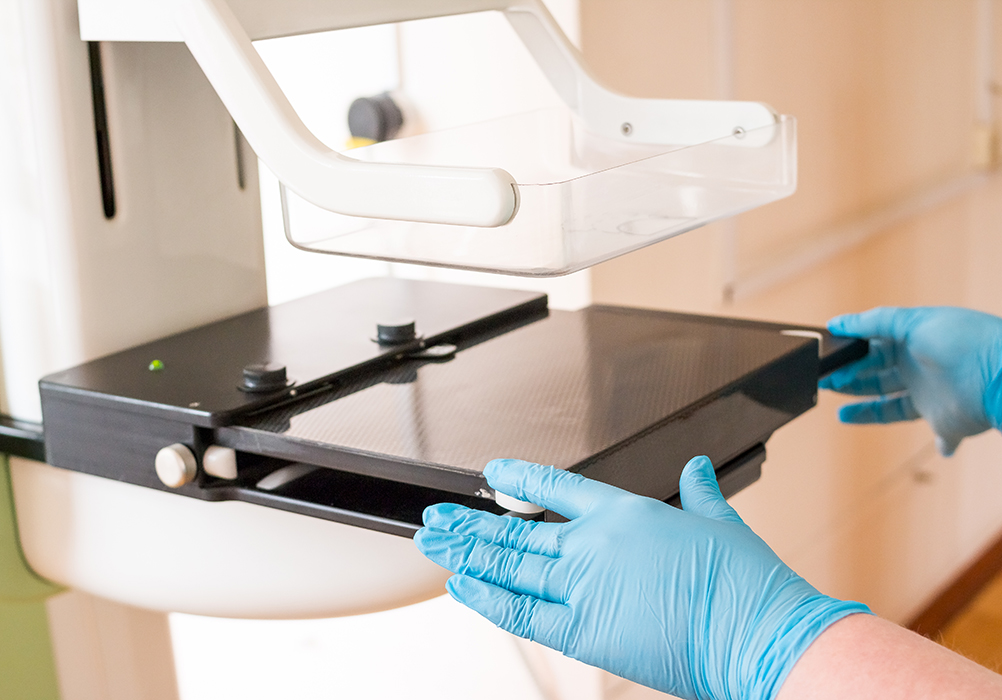One in four patients who are eligible for breast cancer screening mammograms are not up to date with their recommended schedule, the Centers for Disease Control and Prevention (CDC) reported in MMWR. Health-related social needs may be a factor: The more an individual faces, the less likely they are to adhere to mammogram screening recommendations, the agency found.
“Health-related social needs are individual-level, adverse social conditions that can negatively affect a person’s health or health care,” the CDC researchers said. “Examples include food insecurity, housing instability, and lack of access to transportation.” The agency cited previous studies that showed that mammography adherence is lowest among patients who have no health insurance, low incomes, or no usual source of health care—populations that typically face adverse social determinants of health and health-related social needs that prevent access to care.
Using data from the 2022 Behavioral Risk Factor Surveillance System, CDC researchers estimated the prevalence of mammography use within the previous two years among patients aged 40–74 by location, age group, and sociodemographic factors. The final sample included 117,466 individuals, 82.4% of whom were aged 40–74.
They found that 76.5% of those aged 50–74 and 59.1% of those aged 40–49 reported having had a mammogram within the previous two years. Adherence was significantly associated with health-related social needs among those aged 50–74, with mammography use rates of:
Cost was the most strongly associated barrier to mammography within the past two years for individuals in both age groups. Among those aged 40–49 years, other factors included feeling socially isolated and experiencing lost or reduced employment hours. Among those aged 50–74 years, other factors included reporting life dissatisfaction, feeling socially isolated, experiencing lost or reduced employment hours, receiving food assistance, and lacking reliable transportation.
“In addition to implementing evidence-based interventions to increase mammography use (e.g., client reminders, videos, brochures, flyer, postcards, newsletters, and reducing structural barriers), addressing social needs might result in increased mammography use and reduced breast cancer deaths,” the CDC researchers wrote. “Healthcare facilities, providers, and public health programs could consider developing policies and effective practices to conduct risk assessments for and address adverse social determinants of health and health-related social needs such as cost to access health care, social isolation, lack of reliable transportation, and food insecurity.”






